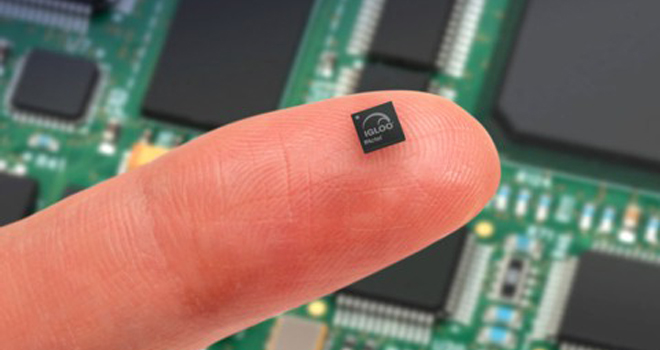
The company has been working on the tech since 2017.įinFET transistors consist of a fin-shaped channel surrounded on three sides by a “gate” that controls the flow of electrons. IBM’s new technology-called nanosheet or gate-all-around transistors-is the long-awaited successor to today’s FinFET transistors. Perhaps the more significant news is the design of the transistors themselves. Nanosheets: The Next Step in Moore’s Law? That said, a 3-nm chip TSMC is making for Apple could boast almost 300 million transistors per square millimeter and enter production as soon as next year. Which is, indeed, beyond anything in production.

But after reaching out to clarify exactly what sized “fingernail” they were referencing-representatives of the company said about 150 square millimeters-the publication AnandTech calculated IBM’s new process would yield some 333 million transistors per square millimeter.

IBM didn’t announce transistor density explicitly. ( Go here for a handy table comparing process size and transistor density of chips.) The two actually have roughly equivalent transistor densities, with Intel’s 100 million transistors per square millimeter actually edging out TSMC’s 91 million per square millimeter.
To see how the old naming convention is confusing, compare Intel’s 10-nm chips with TSMC’s 7-nm chips. And although this too is proving rather complicated, one spec experts propose is transistor density per square millimeter. There’s currently a debate over what new number, or combination of numbers, better reflects progress. It didn’t relate to any dimension on the chip. As chip technology advanced, the measurements of chip components decoupled from each generation’s naming convention.īy the time chips made the last big leap to FinFET-a 3D transistor design shaped like a fin-a little over a decade ago, the industry’s node number was virtually meaningless. And there was a time, in decades past, when the nanometer nomenclature actually did match the size of certain chip elements. Each step down yields ever more components-most notably, transistors-packed into the same area. Progress in computer chips has long been measured in nanometer-sized steps. Nanometer to Nanometer Is Apples to Oranges So, it’s worth dissecting the news a bit more to better understand the bigger picture. And the company has made some very cool and notable progress here. Intel’s latest chips use a 10-nm process and TSMC’s use a 7-nm process. On its face, it would seem IBM just leapt far ahead in the race for top chip tech. It would also bring chips that are 75 percent more efficient or 45 percent faster than today’s 7-nm chips. In a press release, IBM said the new process would yield some 50 billion transistors on a chip the size of a fingernail. The company, once synonymous with all things computing, announced that it’s demonstrated a 2-nanometer (nm) chipmaking process for the first time.

This week, it was IBM’s turn to make headlines. So, perhaps it’s no surprise that when companies announce better, faster, more efficient computer chips, the world takes notice. These processors aren’t just for laptops anymore-they’re used in your car, your thermostat, your refrigerator and microwave.Īnd the pandemic has revealed just how deeply our dependence runs.Ī global shortage of computer chips, brought on by vacillating demand and supply chain issues, is currently rippling through device-makers, of course, but also makers of cars, vacuum cleaners, and stove vents. Increasingly, modern life depends on how skillfully we shuttle electrons through the nanoscale mazes etched on computer chips.


 0 kommentar(er)
0 kommentar(er)
